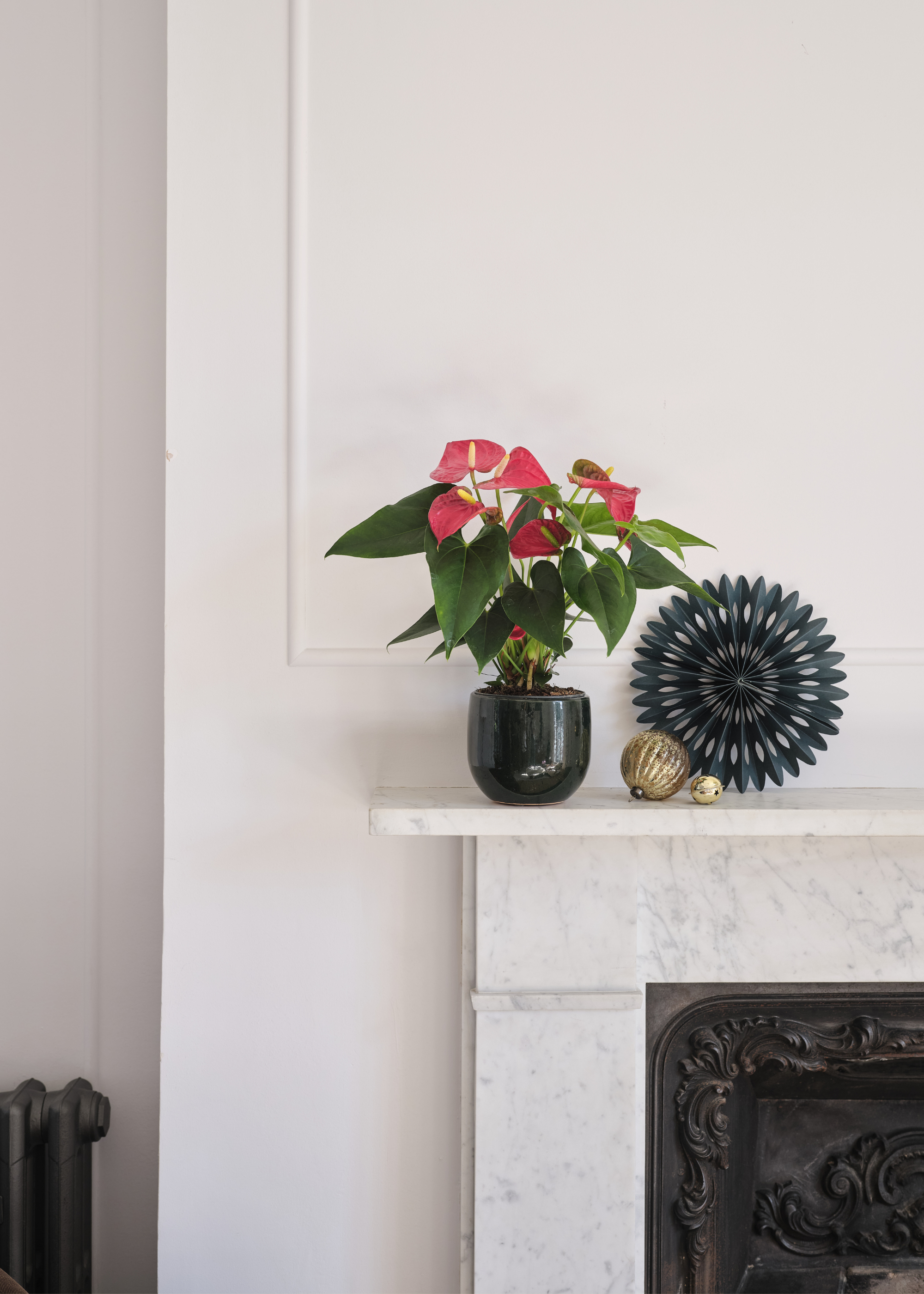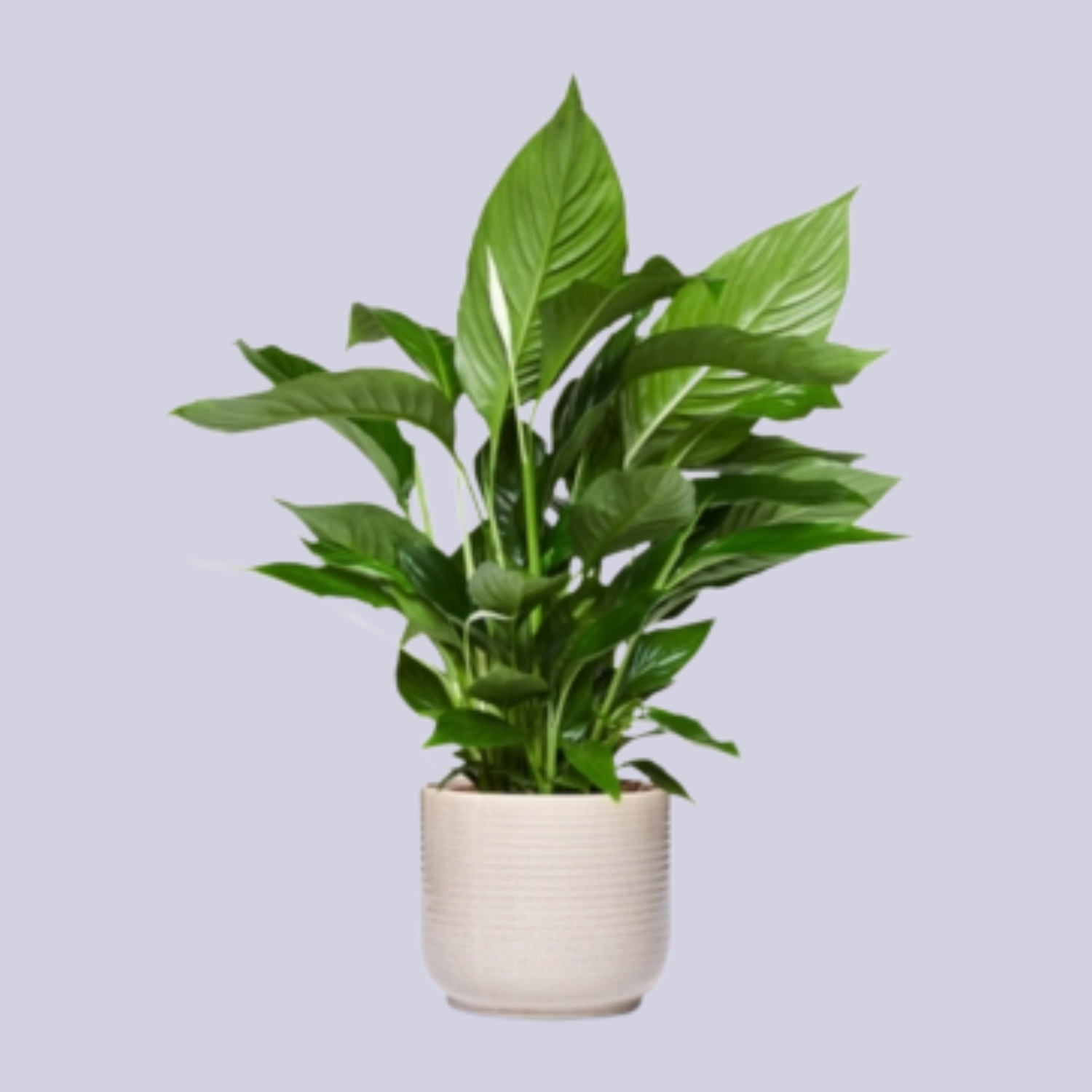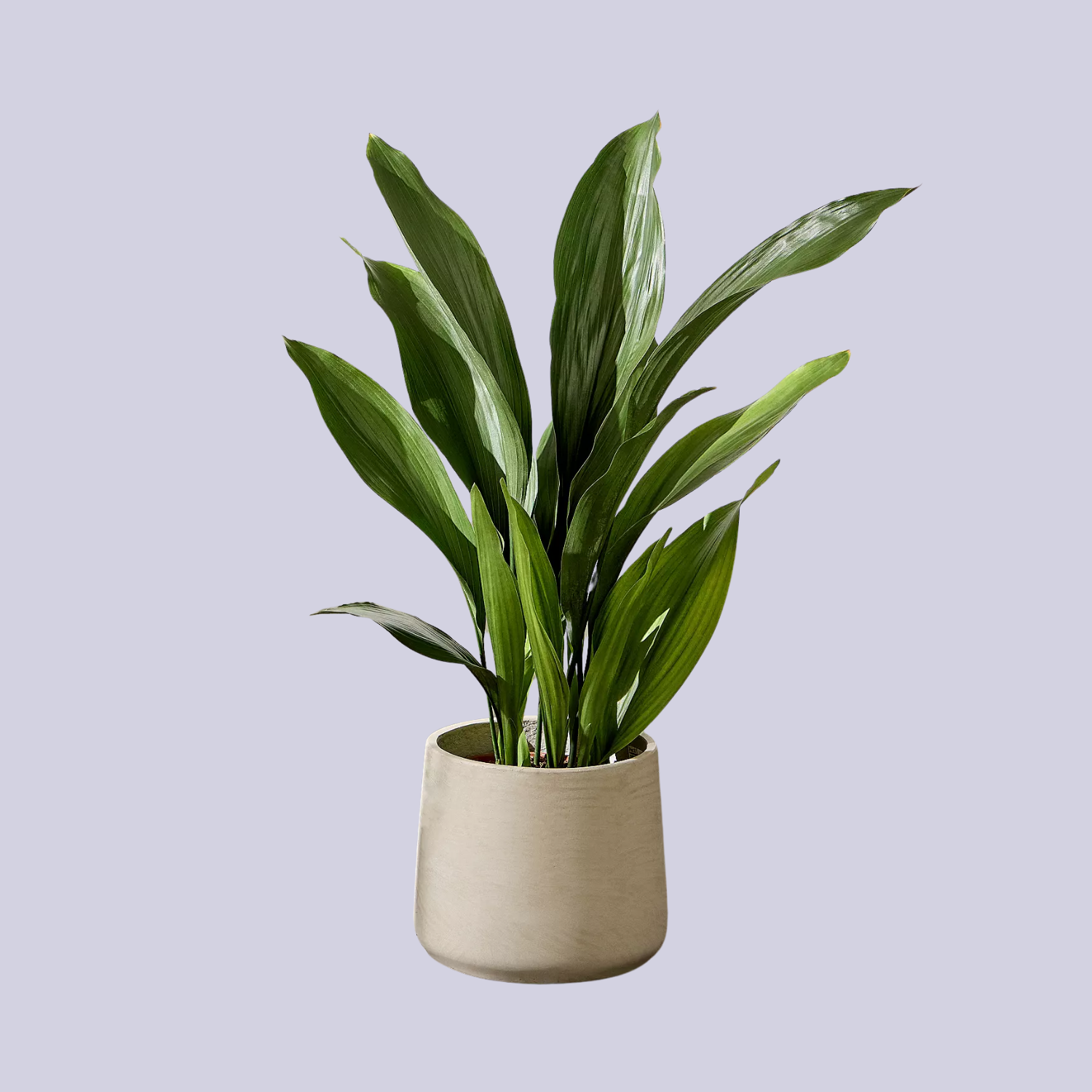Do Houseplants Feel the Cold? The Ideal Temperature for Your Home so Your Indoor Garden Doesn't Suffer in Winter, Explained
Create the perfect environment for your indoor garden to thrive through the temperature drop with this magic number


When the winter chill sets in, it's easy for us to bring out our cozy throw blankets and warm up. But what about our houseplants? It's a known fact that indoor gardens need a touch of extra help to stay thriving, and the temperature is among the most important things to consider.
And this goes for even the best indoor winter plants. So, what's the best temperature for your cultivars to feel comfortable and grow healthily through the end of the year?
Well, I asked the experts and here's what they had to say.
Do Houseplants Feel Cold in the Winter?

Although plants don't technically experience the cold like people or pets do, gardening expert Lindsey Chastain explains that they do react to temperature changes.
"As the temperature cools off, the plants will slow down growth. And in turn, humidity levels tend to drop, so plants can also get drier in colder temperatures," she says. "The trick is balancing between keeping the indoor ambiance while accommodating for slower growth."
When it comes to these common problems in winter houseplants, understanding the ideal temperature is one of the key ways to support your cultivars so that they remain comfortable.

Lindsey Chastain, a dedicated homesteader and skilled writer, is the driving force behind The Waddle and Cluck, a platform that celebrates sustainable living, gardening, and responsible farming. As half of the husband-wife team making The Waddle and Cluck thrive, Lindsey's expertise shines through in her engaging narratives about farm life and the beauty of rural living. Beyond her homesteading endeavors, she passionately shares her insights to inspire others toward self-sufficiency and a deeper connection with the environment.
What's the Ideal Temperature for Indoor Gardens in the Winter?

Marina Prokaten, gardening expert at Plantum, warns that your comfortable temperature isn’t always 100% suitable for your home garden. "Most plants thrive best within the temperature range of 16° to 24° C," she says.
The Livingetc newsletters are your inside source for what’s shaping interiors now - and what’s next. Discover trend forecasts, smart style ideas, and curated shopping inspiration that brings design to life. Subscribe today and stay ahead of the curve.
"This is a perfect range for the majority of indoor foliage, including caladiums and hostas. Most flowering types like begonias and African violets prefer the same temperatures during the day with a drop to 13° to 16° C at night, which imitates their natural growing conditions."
She tells me that most low-maintenance indoor plants aren't highly sensitive to temperatures and will be happy and healthy within this range.

Marina Prokaten is a resident plant expert for the Plantum app, which helps users identify plant species, diagnose their conditions, and get specific care advice. She has three years of experience consulting on botany-related topics for Plantum.
How to Tell When the Temperature Needs Adjusting

According to Marina, the most common symptoms of the wrong temperature regime are slow growth and poor blooming. "If you notice the leaves on your houseplant curling, dropping, browning, or yellowing, this could also indicate inoptimal temperatures," she notes.
"However, these same symptoms may indicate other problems. So make sure to eliminate other potential problem factors before coming to the conclusion that your plants need higher or lower temperatures."
This is especially important when growing cold-tolerant indoor plants since they aren't as sensitive to winter weather. Or, you can use houseplants for temperature control, too. There are plenty of options, and no reason your collection should suffer the consequences of the cold.
Indoor Winter Plants

Height: 80 cm to 90 cm
And of course, there's Christmas plants, like this dreamy Norfolk Pine, that are meant to spark joy over the winter season.
Aside from the lack of warm weather, winter months also bring a deficiency of sunlight. But there's a solution to this common problem, too. And it comes in the way of light therapy for your houseplants to help cover all your bases and bring beautiful blooms.

Amiya is a Home Wellness Writer at Livingetc. She recently graduated with a Masters Degree in Magazine Journalism from City, University of London, and has lent her words to beauty, fashion, and health sections of lifestyle publications including Harper’s Bazaar and Women’s Health. Her experience as a research analyst has equipped her with an eye for emerging trends. When she’s off the clock, she can be found reading, listening to music, or overanalyzing her latest Co-Star update.

